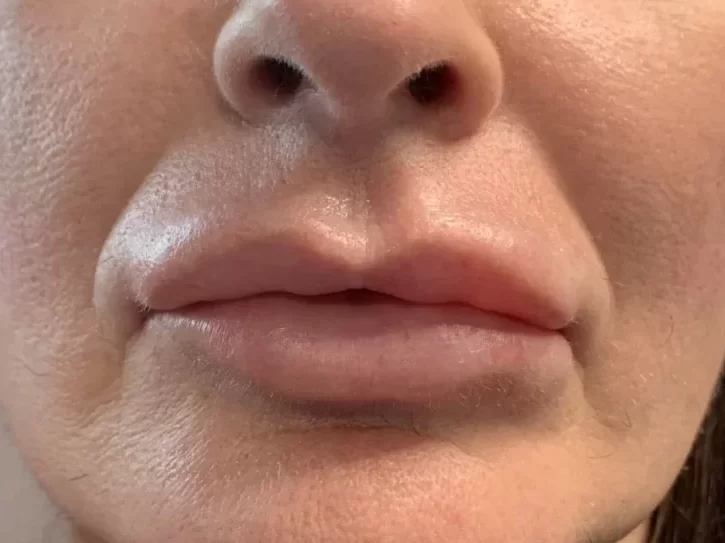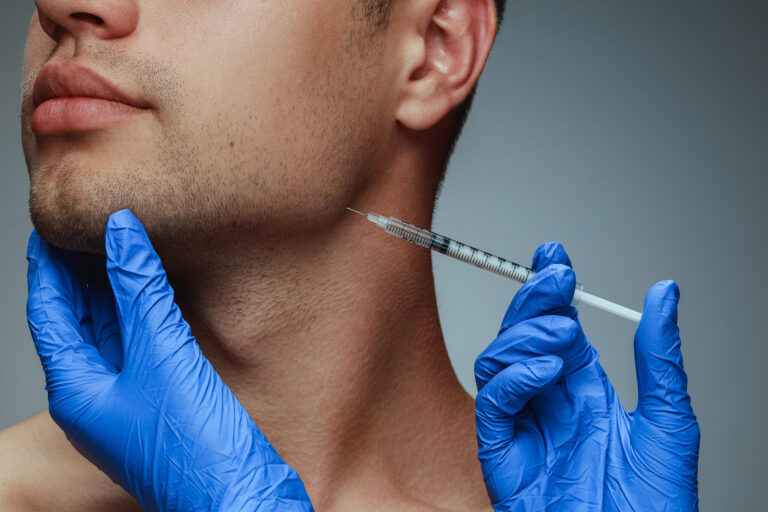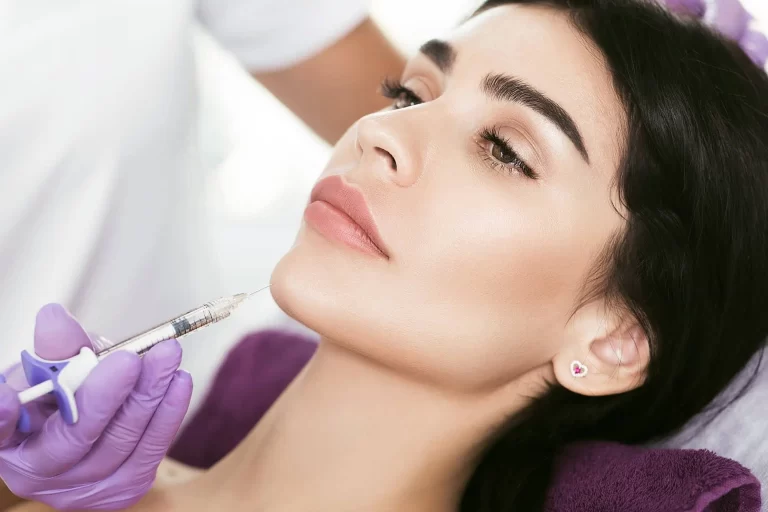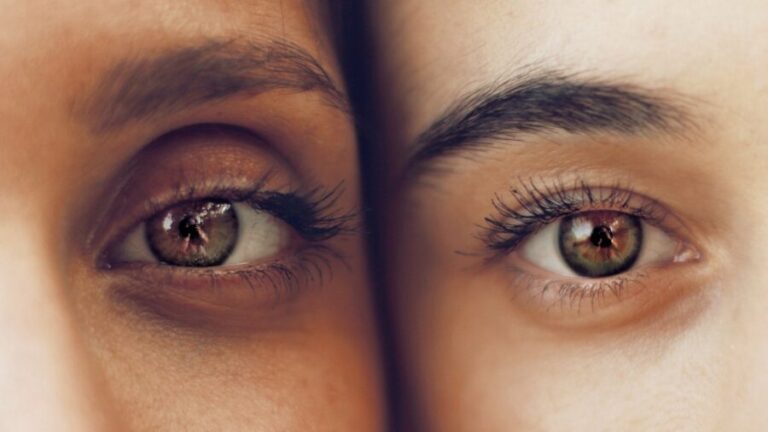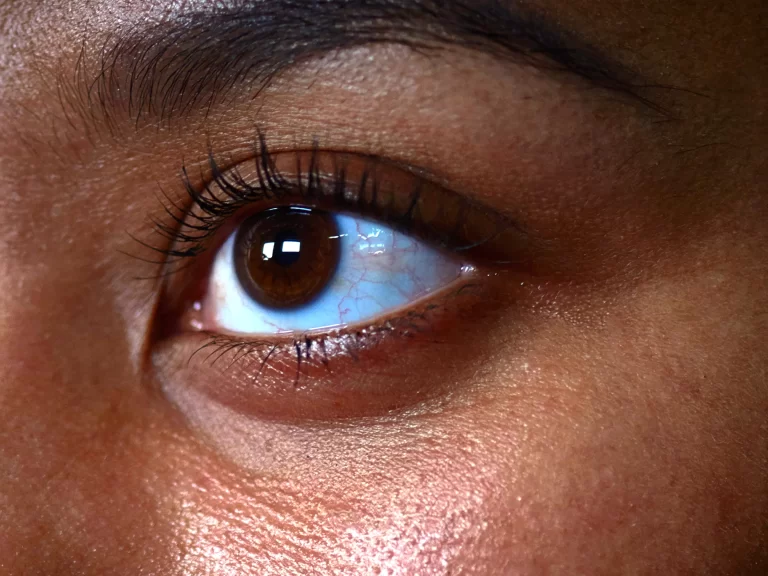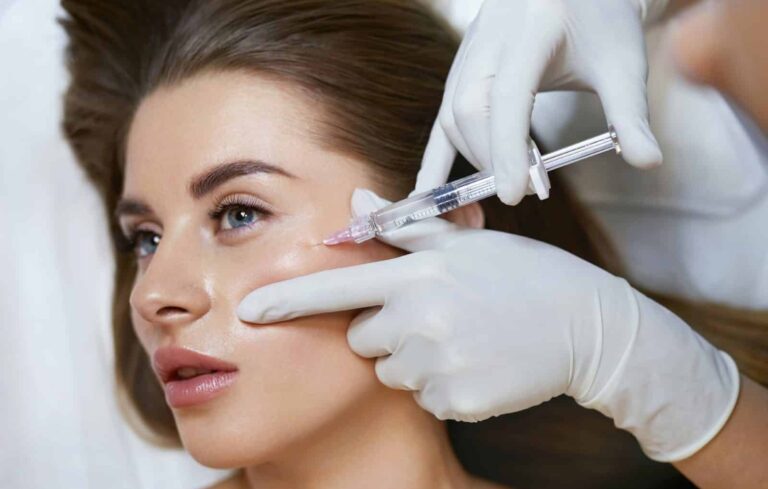In recent years, dermal fillers have become extremely popular as a non-invasive anti-aging solution to combat facial aging and enhance facial features. While these face fillers offer remarkable results when administered by an expert dermatologist in Mumbai, there’s a concern that is arising among patients: dermal filler migration. “Understanding what dermal filler migration is and how to minimize this side-effect is essential for anyone considering or currently undergoing dermal filler treatments”, says Dr Niketa Sonavane, founder of Ambrosia Aesthetics and leading dermatologist in Mumbai.
What is Dermal Filler Migration?
Dermal filler migration refers to the movement of injected filler material from the intended treatment area to adjacent or distant areas of the face. This migration can occur gradually over time due to factors such as gravity, muscle movement, tissue laxity, and injection technique. While some degree of migration is normal and expected, excessive or unintended migration can lead to undesirable cosmetic outcomes and potential complications.
Why do Dermal Fillers Migrate or Move?
Several factors can influence the extent and likelihood of dermal filler migration.
- Injection Technique: Proper injection technique by a skilled and experienced dermatologist is essential to minimize the risk of migration. Injecting filler too superficially or close to the skin can increase the chances of migration.
- Product Type: Different types of face fillers have varying scientific properties such as viscosity, which can affect their tendency to migrate. Thicker, more cohesive fillers tend to stay in place better than thinner, more fluid ones.
- Volume and Placement: Overfilling or injecting large volumes of filler in one area can increase the risk of migration. Strategic placement of filler in areas with strong underlying support structures can help reduce migration.
- Tissue Quality: The quality and integrity of the skin and underlying tissues play a role in how well filler stays in place. Factors such as aging, sun damage, and loose saggy skin increase the chance of filler migration.
- Patient Factors: Individual differences in anatomy, facial expressions, and lifestyle habits can also influence filler migration. Individuals who engage in activities that involve repetitive facial movements, such as chewing gum, are more likely to experience migration.
Is Dermal Filler Migration Harmful?
While dermal filler migration is usually harmless, it can lead to several cosmetic concerns and potential complications.
- Uneven Results: Migration can cause asymmetry or uneven distribution of filler, resulting in an unnatural appearance.
- Tyndall Effect: Excessive migration of certain types of face fillers can lead to a bluish discoloration known as the Tyndall effect, especially when injected too close to the skin’s surface.
- Nodule Formation: In some cases, migrated filler may clump together, forming palpable nodules or lumps beneath the skin.
How to Prevent Dermal Filler Migration?
Fortunately, there are several strategies both dermatologists and patients can employ to minimize the risk of dermal filler migration.
- Choose an Experienced Dermatologist: Select a board-certified dermatologist with extensive experience in filler injections and a keen understanding of facial anatomy.
- Opt for High-Quality Products: Use reputable, FDA-approved filler such as Juvederm, with a proven track record of safety and efficacy.
- Start Conservatively: Begin with smaller filler volumes such as 1 ml per area or less and gradual augmentation to achieve natural-looking results while minimizing the risk of overfilling and migration.
- Consider Complementary Treatments: Combining filler treatments with other modalities such as Venus Freeze skin tightening, Ultracel HIFU facelift or neuromodulators (e.g., Botox) can help optimize results and reduce the likelihood of migration.
- Follow Post-Treatment Guidelines: Adhere to post-treatment instructions provided by your dermatologist, including avoiding strenuous exercise, excessive facial manipulation, and sun exposure in the immediate post-injection period.
How A Dermatologist Manages and Treats Migrated Dermal Filler?
- Massage: In case of minimal filler migration a gentle massage of the affected area can help redistribute migrated filler and encourage it to settle into place. Your dermatologist may provide specific massage techniques to re-distribute the misplaced dermal filler.
- Hyaluronidase Injections: In cases of significant filler migration or undesirable outcomes, hyaluronidase injections can be administered to dissolve hyaluronic acid-based fillers. This enzyme breaks down the filler material, allowing for rapid correction of asymmetry or lumps. It’s important to note that hyaluronidase should only be administered by a qualified dermatologist. You can choose to re-do the filler in a safer and more aesthetic way about a week after the filler dissolving treatment.
Conclusion
“Dermal fillers are a valuable cosmetic procedure for facial rejuvenation when administered thoughtfully and skillfully. While the potential for migration exists, understanding the factors that contribute to migration and implementing appropriate measures can help mitigate risks and ensure optimal outcomes”, says Dr Niketa Sonavane. By partnering with a good dermatologist and maintaining open communication throughout the treatment process, patients can achieve beautiful, natural-looking results while minimizing the risk of unwanted migration.
Call 9930993600 to book your dermal filler consultation.
Dr Niketa Sonavane, Leading Dermatologist in Mumbai
Online Consultation Available.
